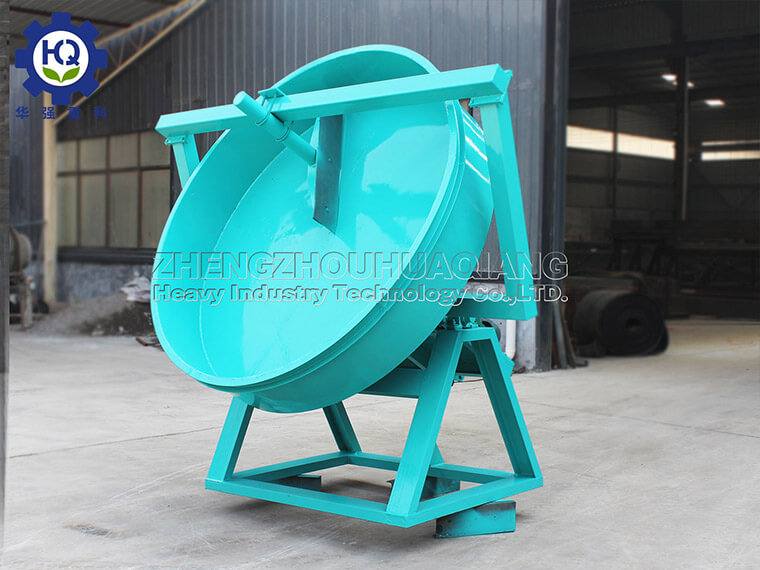The following measures can be taken to prevent material agglomeration when the disc granulator is stopped:
Control the humidity of raw materials:
Before shutting down, try to remove excess moisture from the raw materials as much as possible, but do not let them become too dry, so as not to affect the granulation effect during the next start-up.
If the humidity of the raw materials is high, it is possible to consider using desiccants or heating equipment for pretreatment.
Adjust the sieve appropriately:
Before stopping the disc granulator, the aperture of the sieve can be appropriately increased to reduce the residence time of materials on the sieve, thereby reducing the chance of agglomeration.
Ensure that the sieve is clean and unobstructed to facilitate the smooth passage of materials.
Use anti caking agent:
Adding an appropriate amount of anti caking agents such as diatomaceous earth, starch, etc. to the raw materials can effectively prevent material clumping.
Regularly clean equipment:
During shutdown, regularly clean the interior of the equipment, especially the parts that are prone to clumping, such as feeding ports, screens, and granulation chambers.
Use appropriate tools such as scrapers or soft brushes to gently clean away clumped materials.
Control downtime:
Try to shorten the downtime as much as possible, reduce the residence time of materials in the equipment, and thus reduce the risk of agglomeration.
Reasonably design shutdown procedures:
Before shutting down, gradually reduce the speed and feeding amount of the disc granulator to allow the equipment to transition slowly to a stop state, avoiding material clumping caused by sudden stops.
Storage conditions:
If possible, store unused raw materials in a dry and well ventilated place to avoid clumping caused by moisture.
By implementing the above measures, it is possible to effectively prevent material agglomeration during the shutdown of the granulator, and maintain the normal operation and production efficiency of the equipment.